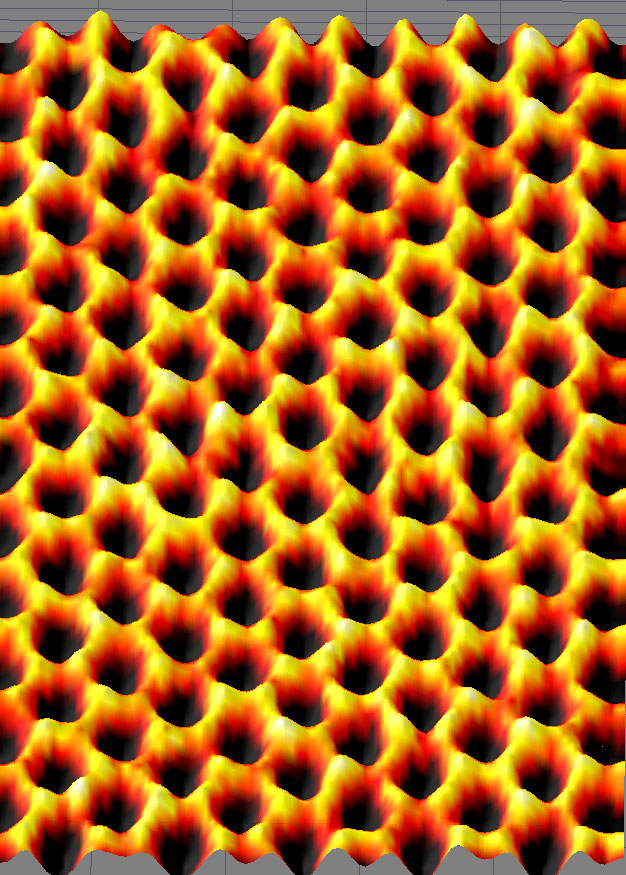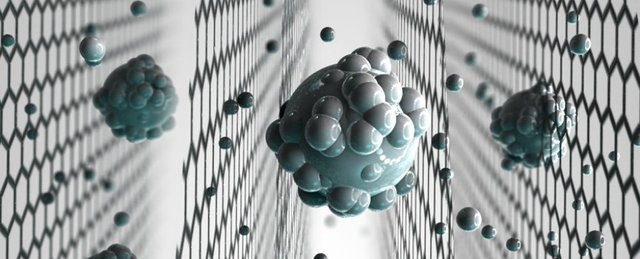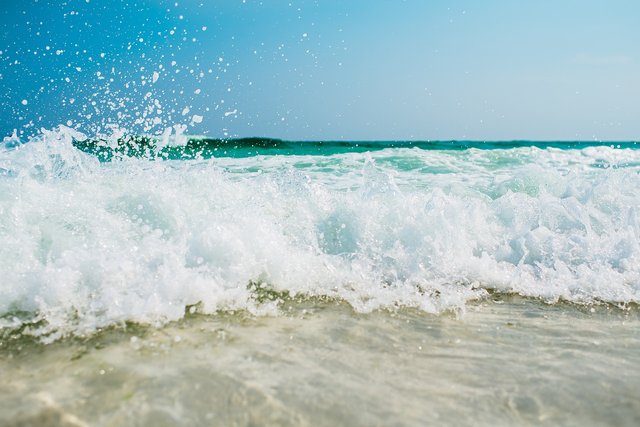Finally, a means to make Seawater Safe for Human Consumption
And all the boards did shrink;
Water, water, everywhere,
Nor any drop to drink.”

The mariner must have faced the agony of most shipwrecked or someone lost at the sea; thirst and the inability to drink from the water available.
That is about to change with the new invention by the scientist who had designed a special sieve to make sea water drinkable.
70% of the world's fresh water is frozen. That leaves a miserly 30% of fresh water available for the 7.2 billion population. This may look enough for everyone until when you consider about 71% of the earth is covered by water.
If the ice alone in the Antarctic Ice Sheet is to melt we would have about 200 feet (about 60m) rise in the sea level. This same ice contains about 2% of the world's fresh water but about an incredible 70% of the world's fresh water.
So since we can not wait around for this ice to melt to give us the needed fresh water, we could make do by making the ever available seawater good/safe enough to be consumed.
Turning Sea Water into Drinking Water
The answer to the quest of making seawater lies on the graphene oxide membranes. Graphene is a single-layer lattice of carbon atoms.

Source: Scanning probe microscopy image of graphene
The researchers from the The University of Manchester in the UK, at this stage had been successful at the lab level in desalinating seawater.
Graphene-oxide had been used to remove impurities from water before. But microscopic holes, in one nanometer, thousand times smaller than the size of a red blood cell! But then there was the problem of the water making the holes bigger allowing sodium chloride to pass through. But the researchers at the Machester University used an epoxy resin that prevents the graphene-oxide membrane from swelling and allowing sodium chloride (table salt) through. That procedure succeeded in filtering out 97% of the sodium chloride particles
Filtering out sodium chloride is easy due to the nature of it in water, while in water it forms a bubble of around it, this makes it difficult for it to cross the pores of the graphene-oxide membrane but water molecules can pass through individually.

Source:A graphene filter converts seawater into freshwater
This invention is a timely one and the mariner at the beginning of this article could have just about as much water as he wants.
Ref: 1
Regards,
@greenrun


Interesting invention. Hopefully it becomes applicable for real life use
I hope so too, they need to scale it up and it'd go mainstream, now every seafarer will buy one and keep for emergency when fresh water runs out. Thanks
Very interesting article, one thing people need to think about also when they read this type of article, is how much of our current drinkable water sources are polluted, and thus not drinkable.
Yeah, that is also another huge factor here. Like back here we have drinkable water that is so contaminated that a drink sends you to the hospital. People still get cholera in this 21st Century due to lack of contamination-free water.
And it is not jut in developing world areas that the water is becoming polluted, water pollution is a very big part of any developed country, they just don't like to admit it.
The big industries and oil companies are the major culprits. But because they pay the biggest tax, the government does not really care what they do.
Keep on the good work your post is informative
Thank you.
This looks like something to adopt in a large scale.
This is crazy!
Thank you very much @jeanwandimi
Wow @greenrun i love your sense of chemistry.
Though am just thinking: if the ice portion of the worlds water 70% is unfrozon would it not cause some sort of imbalance in the water cycle?
Yeah, the sea level would definitely rise. Part of the reason the world is screaming about the global warming and its disastrous effects on such ice amongst other negative impacts on the environment.
I'm learning new things here.
Me too. It has been an amazing run.
VERY cool! They just installed a massive salt water desalination plant in Carlsbad, north country san diego near @ackza which can provide 10% of his cities water needs, imagine if we made these portable and cheap!
Here I upvoted your recent posts! Thanks for doing your work for Steemit West Africa! You seem to be doing very well yourself!

Thank you very much for the tsunami of upvotes! I appreciate that. Since we have more of seawater, a way to make it safe for consumption should be a priority. Portable drinking water is still a very big problem in most part of Africa. Here the problem may not be that of desalination but more of availability and filtration.